GWA Newsletter: January
New podcast episodes; art for the New Year; and everything you need to see, read and do!
Dear Great Women Art Lovers,
Happy New Year! Coming to you from sunny Mexico City where I will be giving a talk next Wednesday 17 January, 7pm at CENTRO University. Reserve your ticket.
For those in Colombia, on Friday 26 January, 7.30pm, I will be in conversation at Hay Festival Cartagena. Click for your ticket. See you there!
The Great Women Artists Podcast
Today, I released an interview with Doris Salcedo. Based in Colombia, Salcedo is hailed for her colossal installations and public works that address vital political narratives. Here’s a preview:
“It is our responsibility to show that a crisis is happening. The first step is to acknowledge what is happening – to fix something is to acknowledge the fact that it is broken. This very damaged world needs a lot of fixing, and I think art can show us how to fix it. What art is saying is always plural … because if you give one single answer to that question, then you are giving me a totalitarian approach to life.” Click to listen.
Just before Christmas, I spoke to art historian Kirsten Pai Buik on artist Edmonia Lewis (1844-1907). We discussed Lewis’s life, her stunningly chiselled marble busts and figurative sculptures, the visual culture of Empire and how its legacy lives on around us. A preview:
“The Harlem Renaissance remembered her [Lewis]; as did James A. Porter who founded Howard University’s art programme; Alain Locke knew of her. They knew, but how these things get written into art history…she’s left out of mainstream texts. But Black people remembered and they knew. Around the time of Second Wave Feminism, and the recovery of women’s stories, she makes a return.” Listen.
I also spoke to brilliant writer Lauren Elkin about her new book Art Monsters, and artists Carolee Schneemann and Hannah Wilke. A preview:
“[Woolf] writes in A Room of One’s Own that the sentences we’ve inherited are not our sentences. They were sentences that were made by men for men’s purposes, and that as women writers we need to write in a language of our own. We need to break the sequence and break the sentence. So this was another reason why I was so on the look out for scraps. ‘Scraps, orts and fragments’ as Woolf puts it.’” Listen.
This week in the Guardian:
At the outset of 2024, I write my column on the women who pioneered collage, invented a new language or returned to their greatest passion, all in later life – looking especially at Hildegard of Bingen, Mary Delany, Julia Margaret Cameron, and Claudette Johnson. Read it here. A preview:
“As we enter the new year, we should remember that it’s never too late to pick up something new, or return to something you once did – from delighting in a Christmas present, having an epiphany after seeing a flower, or taking encouragement from a good friend. Similarly, if someone you know needs a change, tell them it’s possible. Not that it’s without challenges, but as [Claudette] Johnson told me on her return to the studio: ‘It felt like coming home’.”
In Mexico City I have visited (twice, so far!) one of my favourite museums: Museo Nacional de Antropología. Here, I marvelled at the PreClassical objects and artefacts from Mexico, Maya and Teotihuacanos:
…and saw the magnificent giant mural by Leonora Carrington: The Magical World of the Maya (1964):
The mural is divided into three sections: the underworld, the world of humans and the cosmic world of the gods. It represents the intimate relationship between humans/ cosmos, and nature in Mayan culture through religious, astronomical, and herbal imagery. An accompanying publication writes: "The relationship among the diminutive humans and between them and the cosmos is "personal" and concrete, not abstract and impersonal like ours."
For paid subscribers, I’ll be writing a post on everything to see, visit, eat and more in Mexico City. Sign up here!
Here are your top cultural picks. Katy. Xoxo
6 Exhibitions in the UK
New Contemporaries at the Camden Arts Centre (until 14 April)
Sara Shamma: Bold Spirits at the Dulwich Picture Gallery (until 25 Feb)
Printmaker’s Art: Rembrandt to Rego at National Galleries of Scotland (until 25 Feb)
Tacita Dean: Crackers at Pallant House Gallery (until 21 April)
Ayo Akingbade: Show Me The World Mister at Baltic Centre for Contemporary Art (until 14 April)
Kim Lim: Space, Rhyme and Light at the Hepworth Wakefield (until 2 June)
12 Things to Listen To
Mikaela Loach on Ways to Change the World w/ Krishnan Guru-Murthy
David Runicman on Joan Didion on Past Present Future
David Runciman on Virginia Woolf’s A Room of One’s Own on Past Present Future
Sentimental in the City on Sentimental Garbage
Margaret MacMillan’s Reith Lectures
Claudette Johnson in conversation with Chantal Joffe and Dorothy Price on Courtauld Cast
Cecil Rhodes | Eureka! on Legacy with Afua Hirsch and Peter Frankopan
Greta Gerwig on Desert Island Discs
Phyllida Barlow on Sculpting Lives
Tackey’s Revolt: Causes of Rebellion on Empire with Anita Anand and William Dalrymple
Sofia Coppola on BFI: in conversation
Hildegard of Bingen on In Our Time
12 Things to Read
John-Baptiste Odour, ‘Politics of Black Figuration’, in Frieze
Jacqueline Rose: Mothers: An Essay on Love and Cruelty
James Cahill, ‘Face of an angel: Beyond the myth of Francis Bacon’ in the TLS
Abla de Céspedes: Forbidden Notebook
Fernanda Melchor: Hurricane Season
Alex Ross, ‘Hildegard of Bingen Composes the Cosmos’, in the New Yorker
Jhumpa Lahiri, ‘P’s Parities’, in the New Yorker
Molly Keane: Good Behaviour
Alex Traub, ‘Her Sculptures were Ignored for 33 years. Then She Got a New Roommate’, in the New York Times
Chantal V. Johnson: Post-Traumatic
David Salle, ‘Follow the Light’, The New York Review of Books
Ariel Levy, ‘Lisa Yuskavage’s Bodies of Work’, in the New Yorker
5 Artists You Should Know
Ofelia Rodríguez (1945-2023)
Born on the Caribbean coast of Colombia, Rodríguez studied art in Bogota, then Yale, before studying etching in Paris. I love how her sculptural ‘magic boxes’ are reliquaries that somehow contain the pain and absurdity of diasporic life, whereas her landscapes express the violence of colonisation and occupation.
Maria Martins (1894–1973)
Martins melded traditions from her birth-country, Brazil, along with classicism, Biblical myths, Amazonian Indigenous and Afro-Brazilian culture. Her primary material was bronze, and her most famous sculptures present hybridised goddess or animalistic figures that, full of symbolism, allude to ancient myths.
Rose Simpson (b.1983)
Born to a family of potters and artists in New Mexico, Simpson spans ceramics, painting, performance, installation and metal work in her practice. I find her androgynous figures full of what feels like an ancient strength, as if from a higher power, yet they also feel rooted in our world.
Hoda Afshar (b.1983)
Iranian-born Arfshar works in photography, exploring ideas of loss and displacement. From documenting the hidden spaces and stories around her in Iran, Afshar also challenges image-making in the West. As she describes: “After migration that relationship shifted in a different way, because I was confronted with the way my identity as an Iranian woman was understood and portrayed within the Western context.”
Gertrude Abercrombie (1909–77)
The American artist spent most of her life immersed in the Chicago jazz scene. With a penchant for cats, crescent and full moons, sinister desert-like landscapes that feature as paintings in bleak, cold interiors, Abercrombie forged a unique style, and presented her paintings in flamboyant frames.
That’s it from me! Happy GWA’ing. Thank you for reading this Substack. If you think someone else might enjoy this too, please spread the word and share this article. If you have any feedback, please comment below.


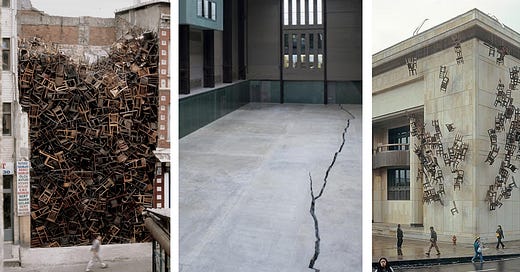








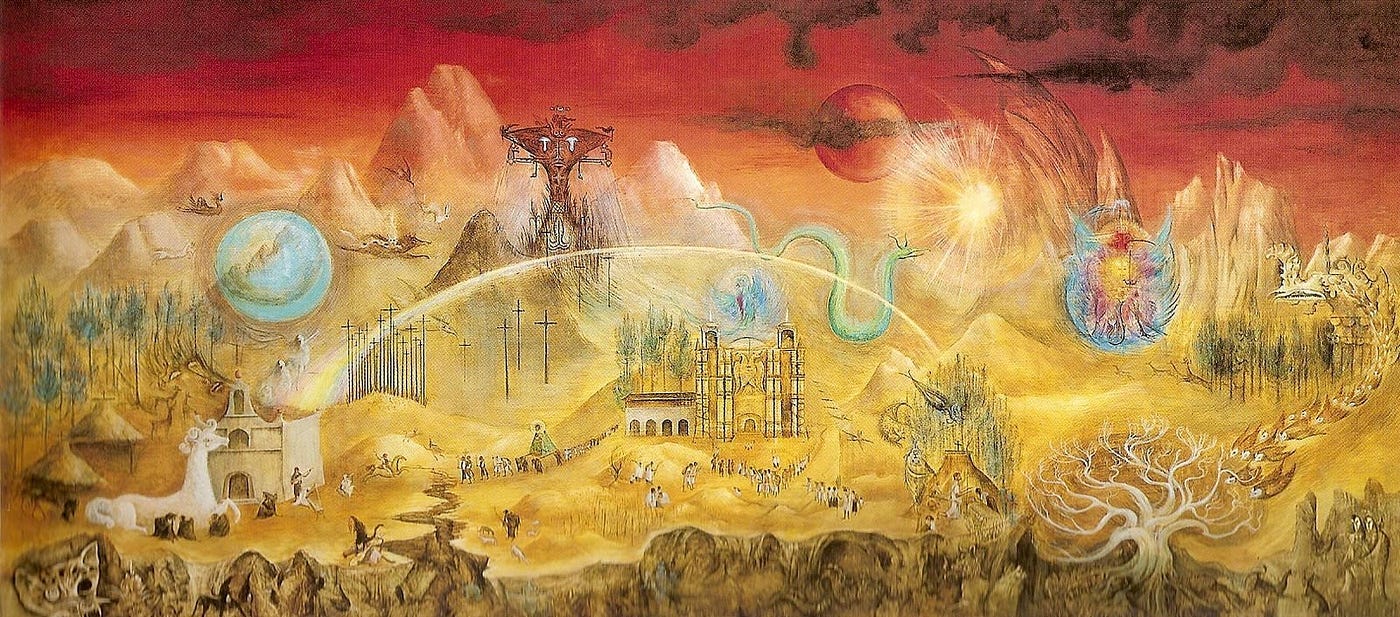



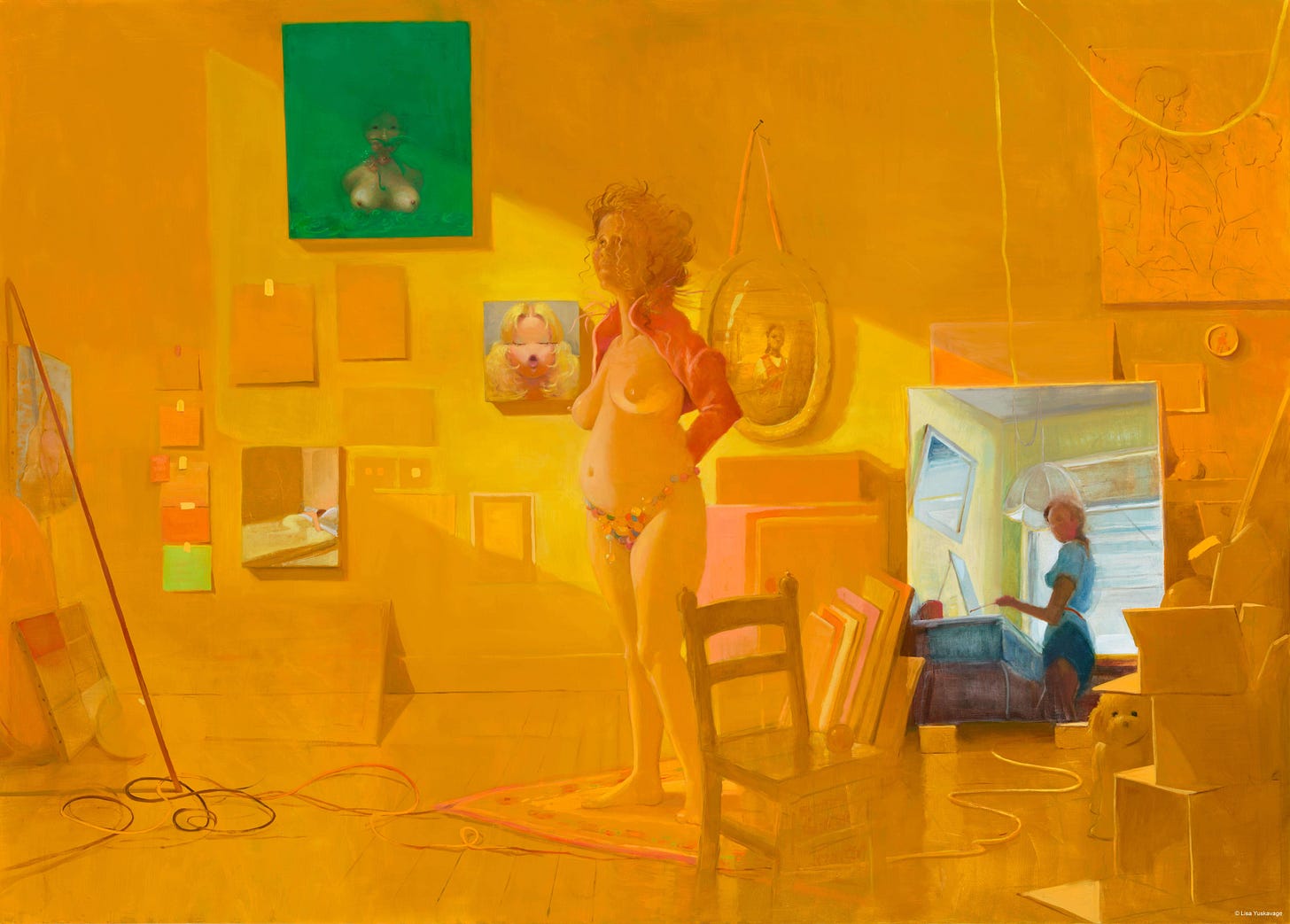
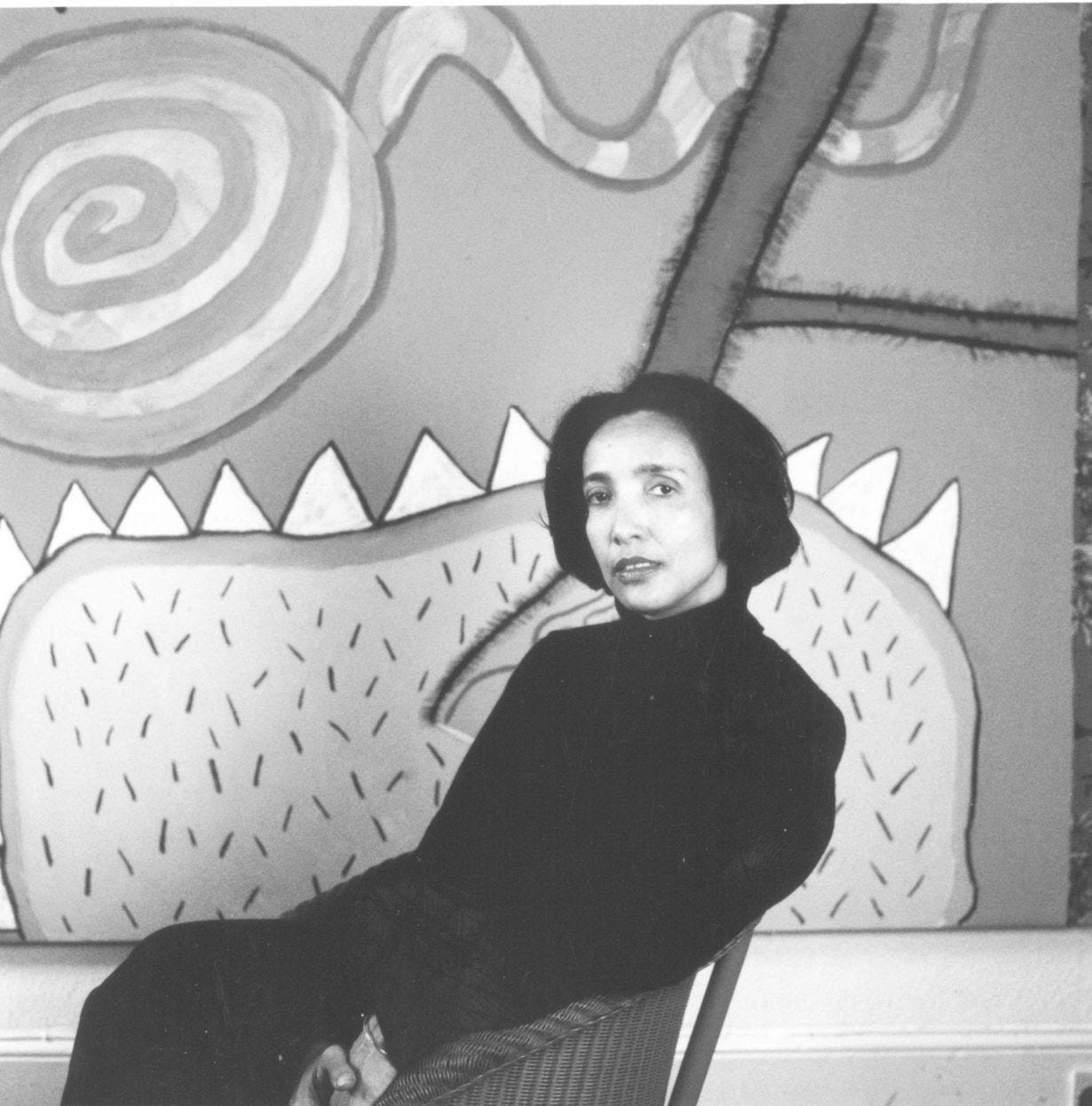
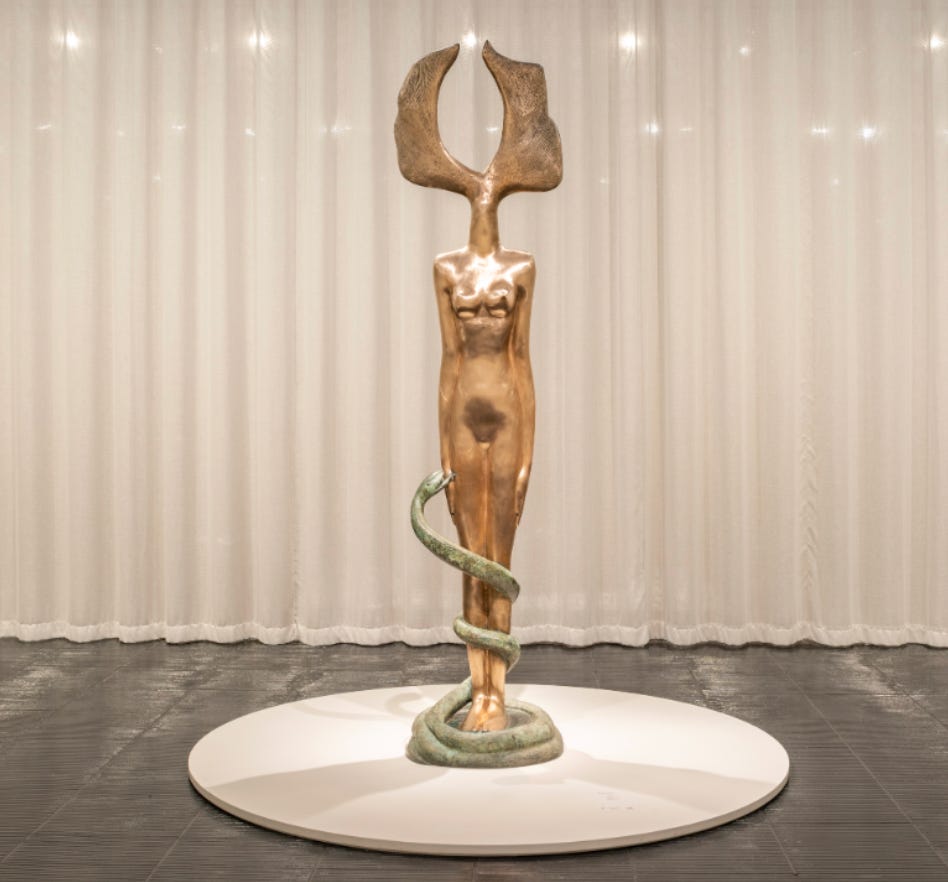

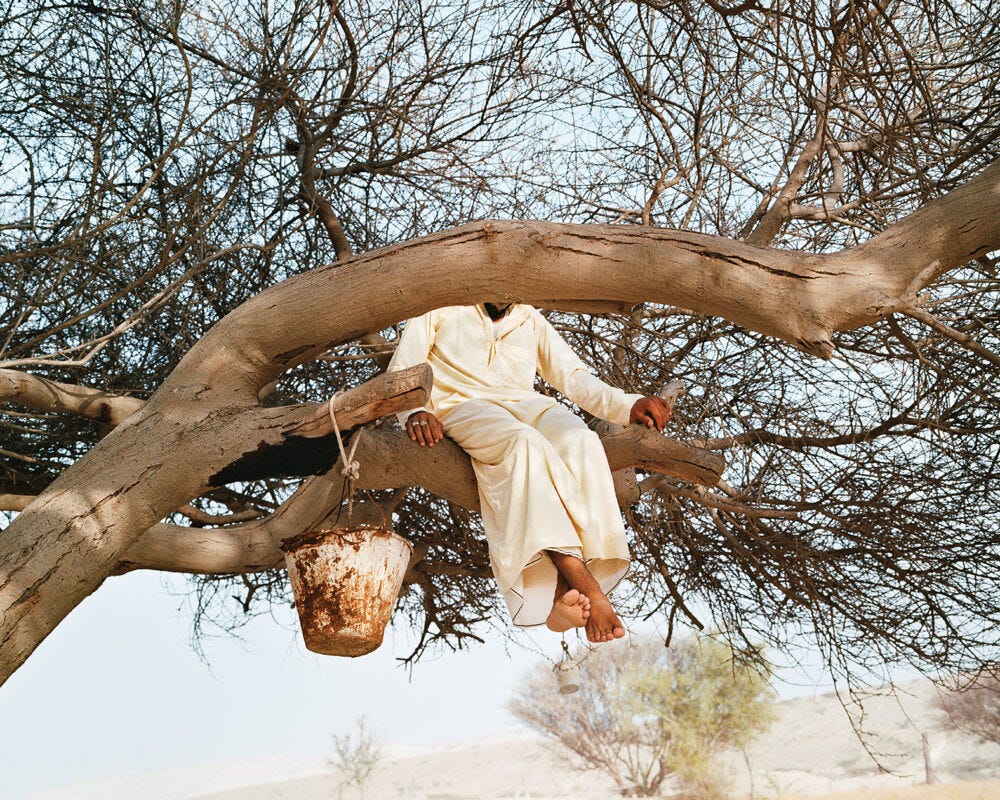
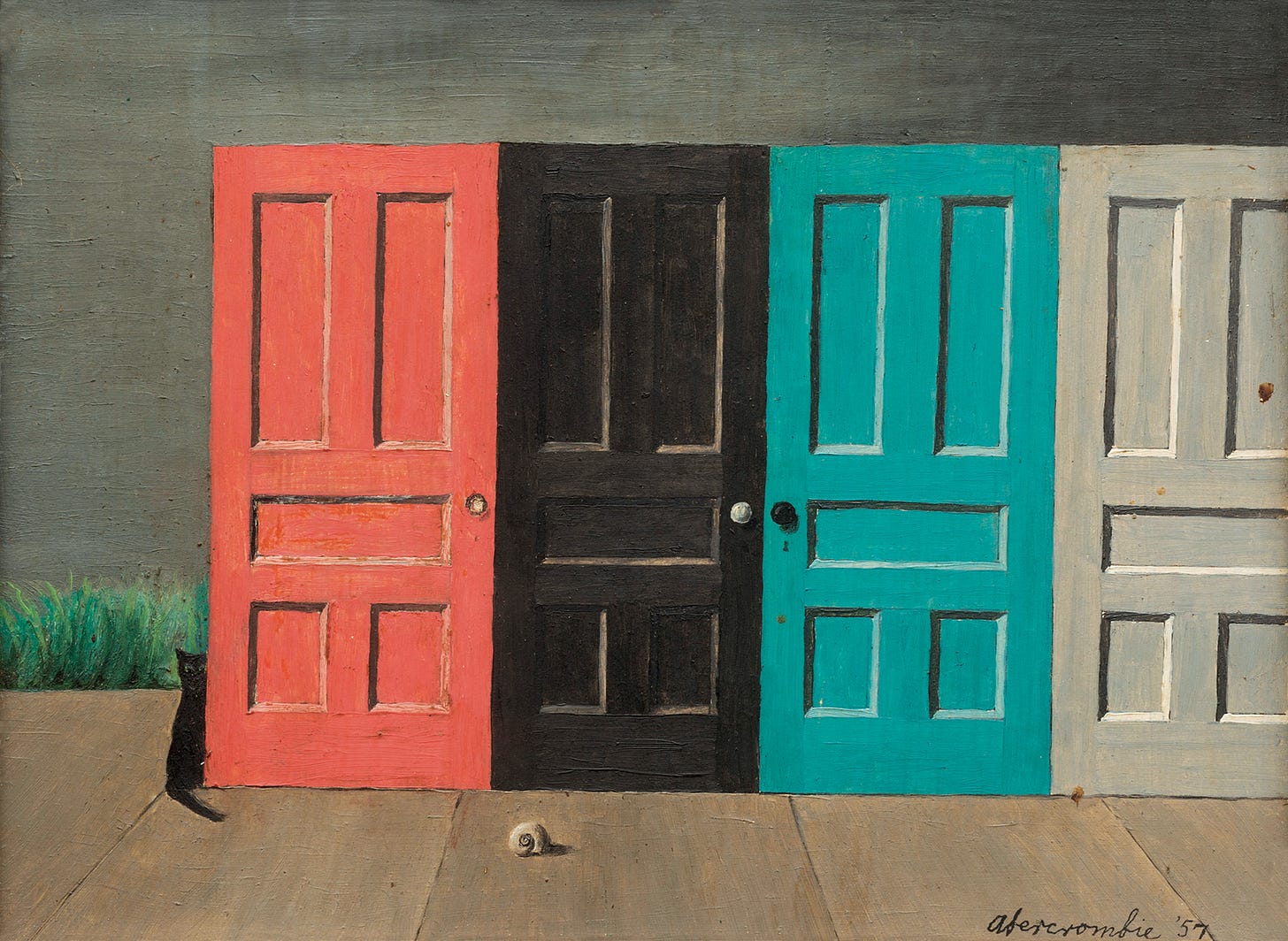
Loved your Guardian piece this time: so inspiring! I have shared it on Facebook.
Wow thank you for all the links to podcasts and articles. So much inspiration here 😊